Knowing how to jump start a car without jumper cables can be a game-changer if you’re stuck with a dead battery. With over 200 million drivers in the U.S., many face this situation at some point. Whether it’s due to leaving the lights on or colder weather, these moments call for quick fixes. Learn easy steps to reset your device in How Do I Reset My Jump Starter?.
It’s essential to have a backup plan when jumper cables aren’t available. Imagine the relief of getting your car going within minutes, even in a tight spot. Let’s dive into practical, cable-free methods for bringing your battery back to life.
Quick Look
To jump-start a car without jumper cables, use a portable jump starter or try a push start if it’s a manual transmission. Connect the jump starter’s red clamp to the positive battery terminal and black to a grounded metal surface. Turn on the jump starter and start the engine.
How often should I check my battery to avoid needing a jump-start?
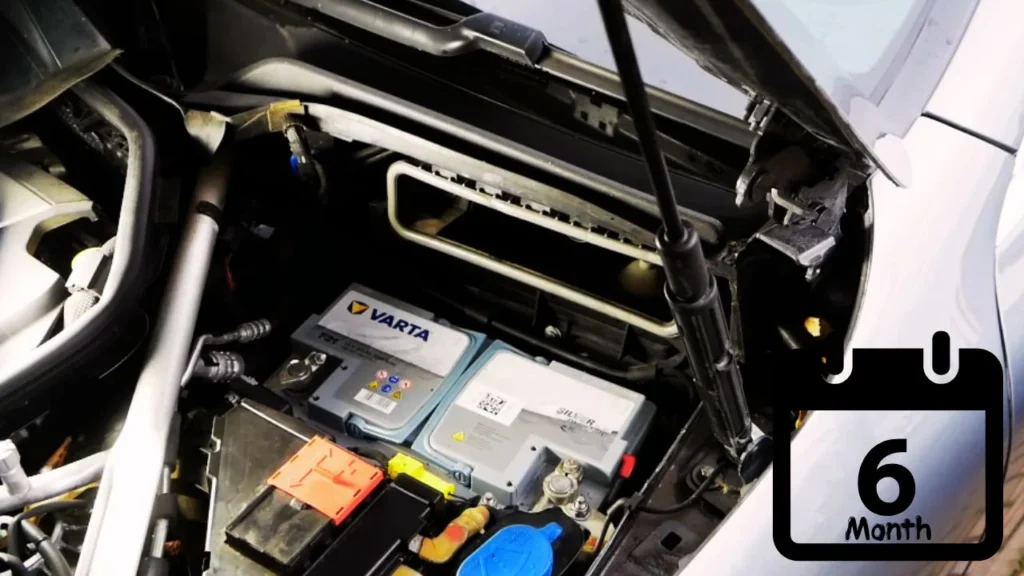
To avoid needing a jump-start, check your car battery every six months or as part of routine maintenance. Most batteries last around 3-5 years, but regular inspections help spot early signs of wear.
Monitor battery voltage with a multimeter or have a technician perform a test; a healthy reading is typically around 12.6 volts or higher when the car is off. In extreme weather (cold or hot), checking more frequently is beneficial, as these conditions can drain the battery faster. By staying proactive, you’ll reduce the chances of being stranded unexpectedly. Find the ultimate jump starter options in Best Auto Jump Starters.
Preparing for a Jump-Start Without Cables
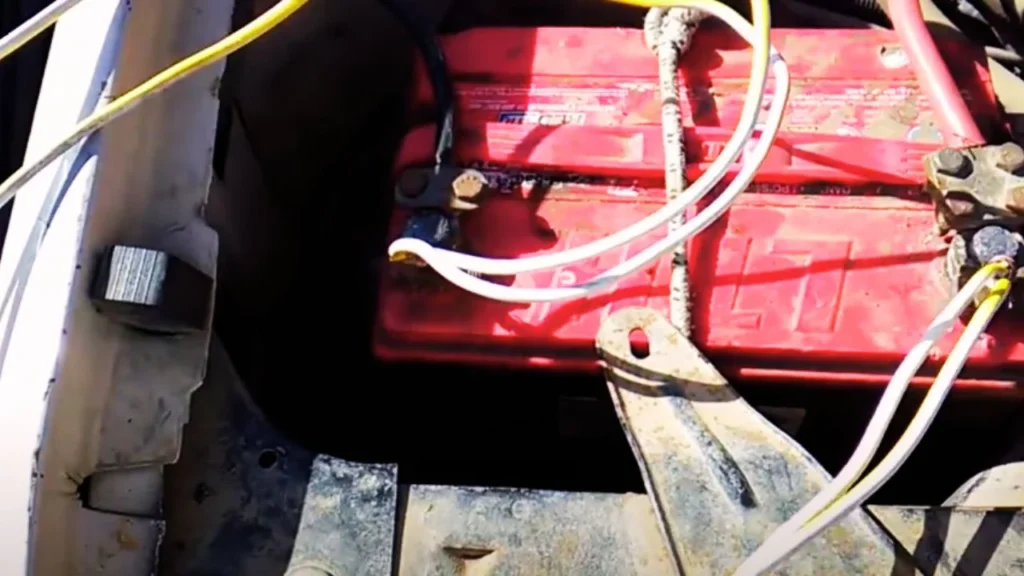
First things first, I turn off all unnecessary electronics. Things like headlights, radio, or any other power-consuming features can drain the battery faster than you might think. For example, headlights can consume over 55 watts each—so it’s essential to save every bit of power we have left!
Next, I ensure the car is parked on a flat surface and engage the emergency brake. This is especially important if I’m going to try a push start. The car rolling away could easily happen otherwise, and trust me, a runaway car is the last thing you want to deal with!
For safety, I always remember to avoid any metal surfaces around the battery. Fun fact: a car battery can produce a spark capable of reaching up to 1,500°C, which can be dangerous if metal is touched incorrectly. Being cautious here saves me a lot of trouble.
How to Jump Start a Car Without Jumper Cables – 3 Methods
Push Start (for Manual Transmission Cars)
If you’re driving a manual car, a push start is a quick way to kickstart the engine. By using momentum from a push, you can engage the engine without external power. It’s a reliable option, especially if you have one or two people to help with the push.
Step 1: Prepare the Car
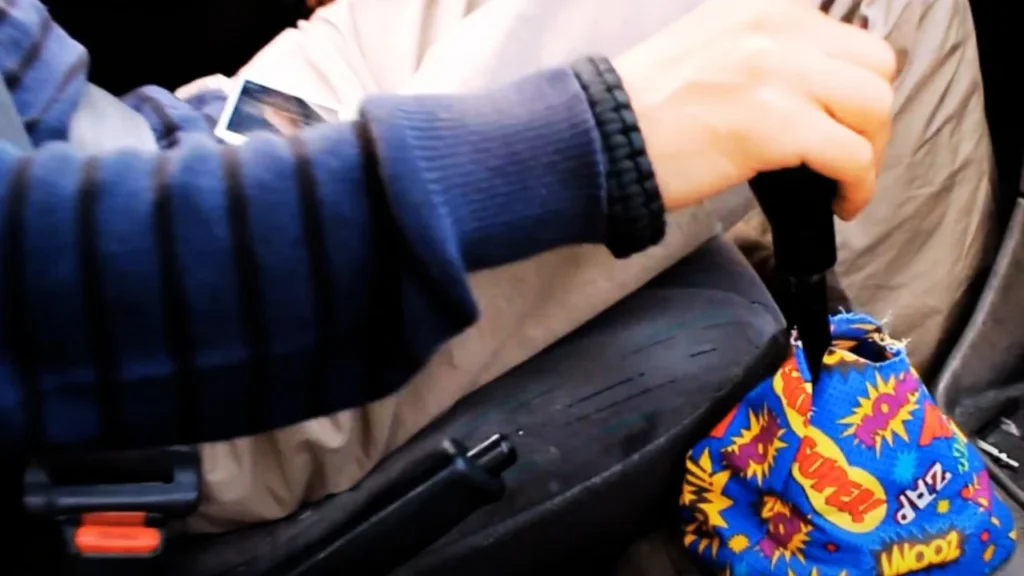
Put the car in second gear and turn the ignition to the “on” position. This helps the engine engage when it gets a push.
Step 2: Get a Push
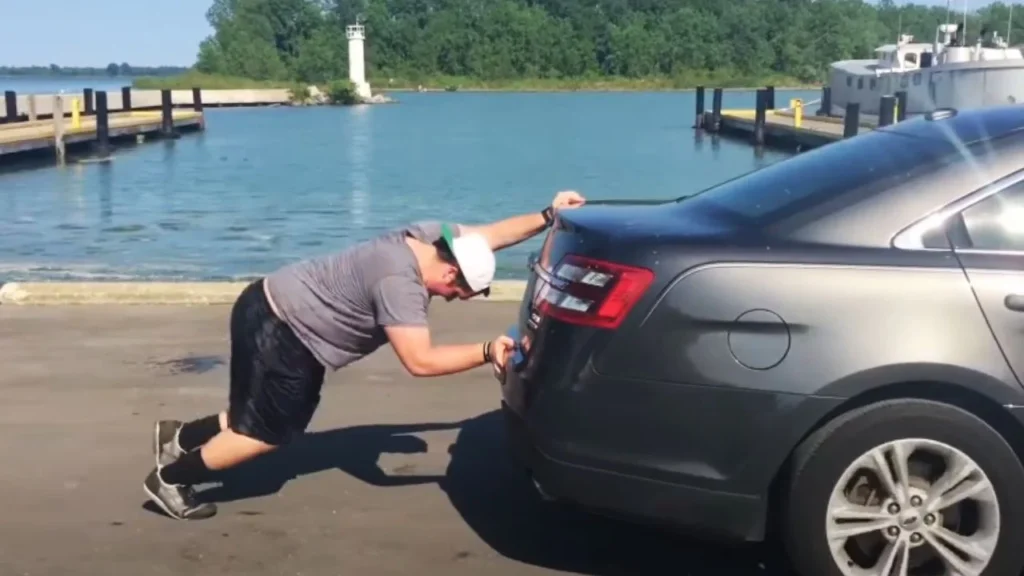
With help, push the car to build momentum. Ideally, aim for a speed of around 5–10 mph to make this work effectively.
Step 3: Release the Clutch
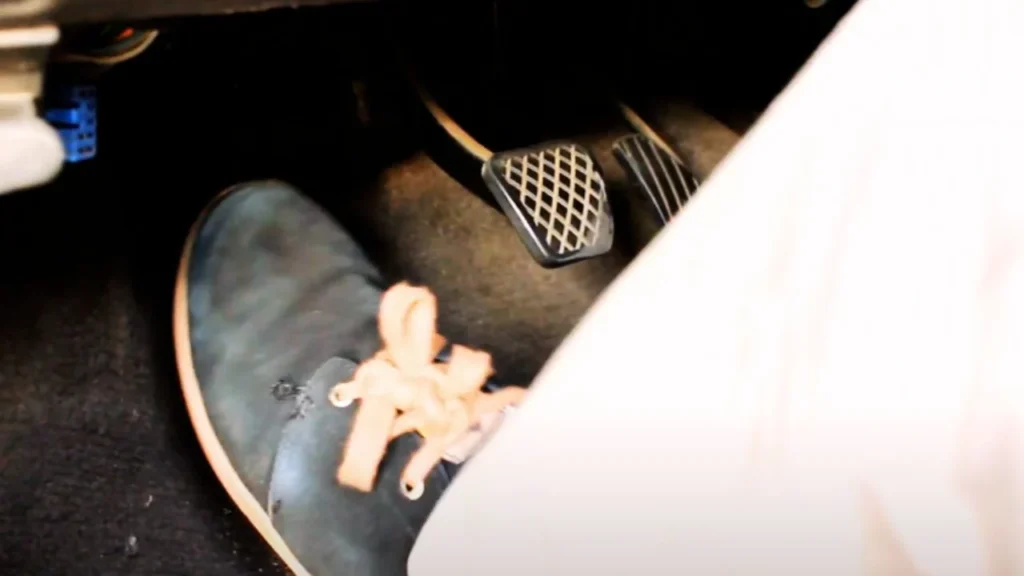
Once the car is moving at a good speed, release the clutch pedal quickly. This action should prompt the engine to catch and start.
Using a Jump Starter or Battery Booster
Having a jump starter is like carrying a backup battery on the go, ready for emergencies. Compact and powerful, these devices provide enough current to start your car without needing another vehicle. They’re easy to use and save you from relying on traditional jumper cables.
Step 1: Prepare the Jump Starter
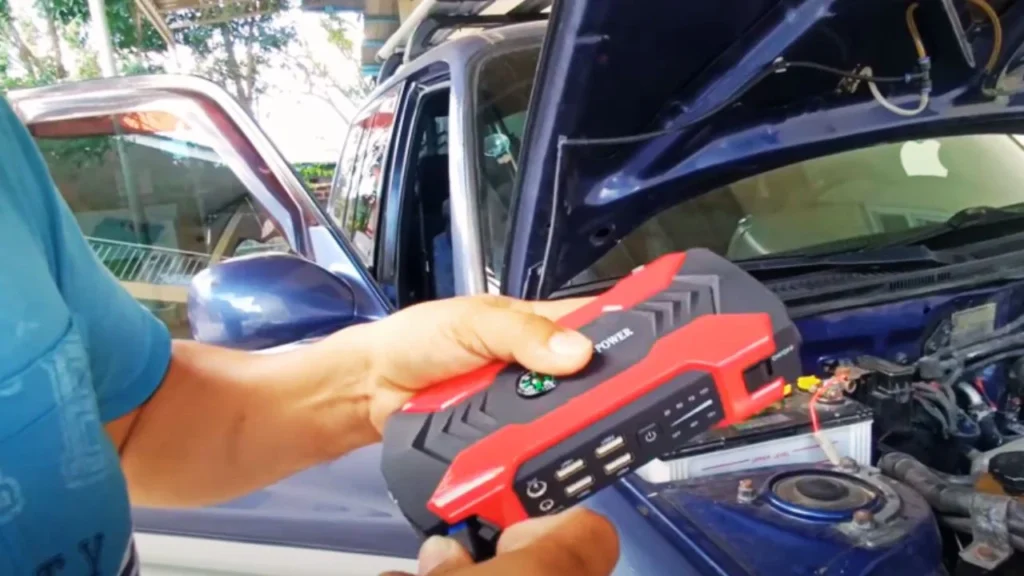
Ensure the jump starter is fully charged. Most models require around 6–8 hours to charge but can deliver a peak current of 500–1,500 amps, depending on the model.
Step 2: Connect the Clamps
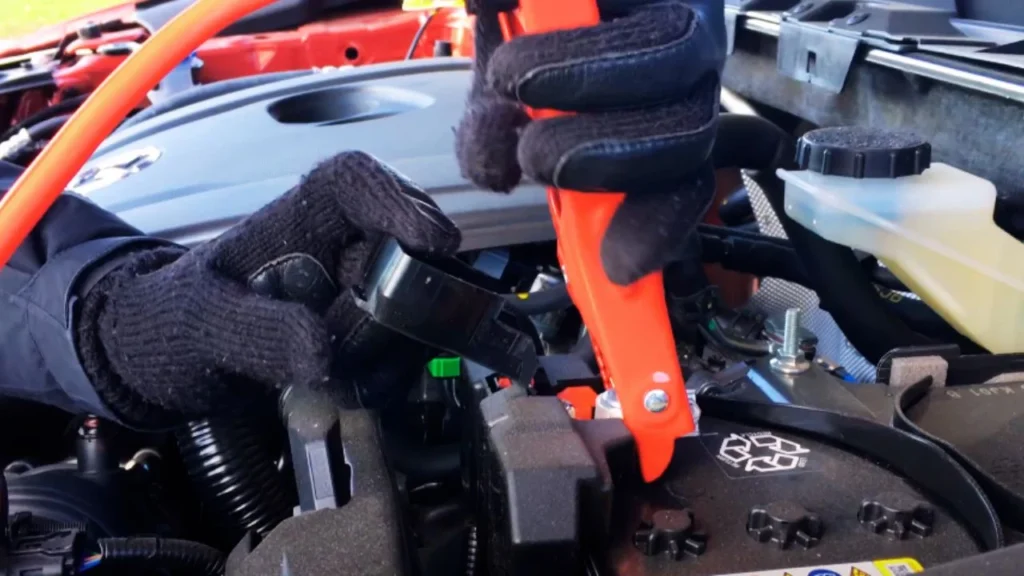
Attach the red clamp to the positive (+) terminal on your battery. Then, connect the black clamp to an unpainted metal surface on the car, like the frame.
Step 3: Start the Car
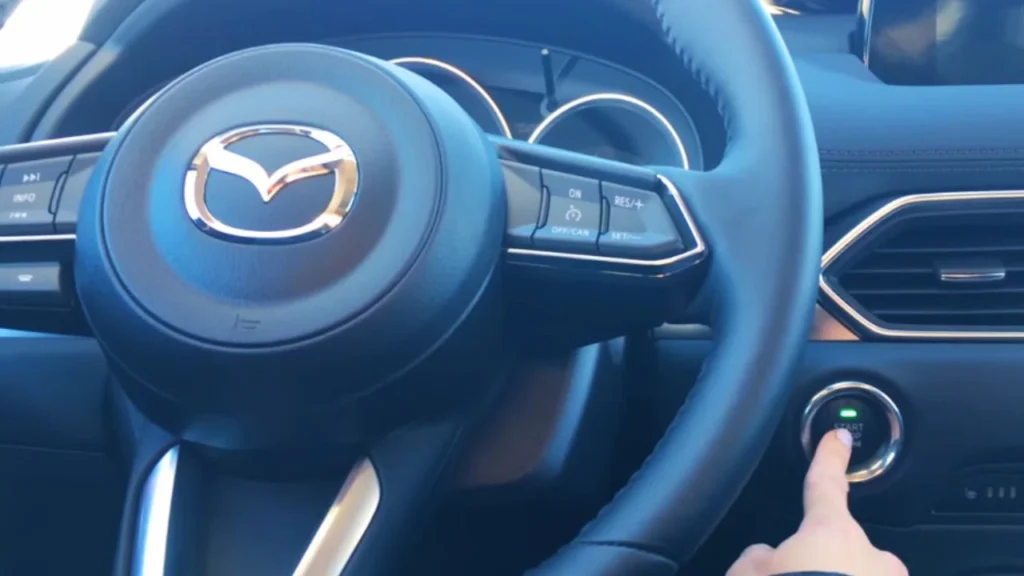
Turn on the jump starter and wait a moment. Then try to start the car. If it doesn’t start immediately, give it a minute to charge before retrying.
Step 4: Disconnect the Jump Starter
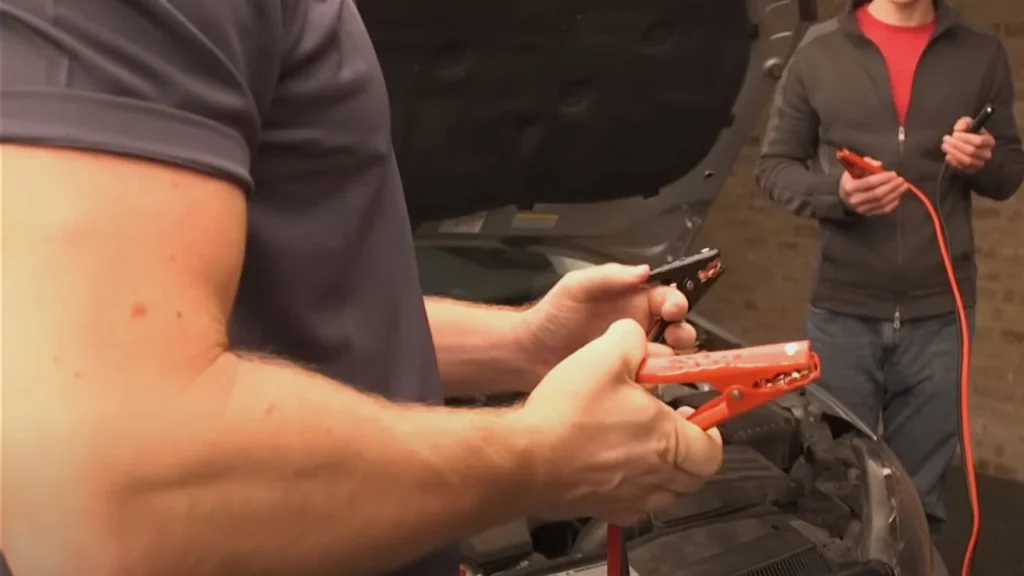
Once the engine starts, turn off the jump starter and disconnect the clamps in reverse order—black first, then red.
Solar Charger (for Extended Situations)
For a slower but sustainable solution, a solar charger is a great tool for dead battery scenarios. With a solar panel, you can harness sunlight to trickle-charge your battery over a few hours. It’s especially handy if you’re parked somewhere sunny for a while.
Step 1: Set Up the Solar Panel
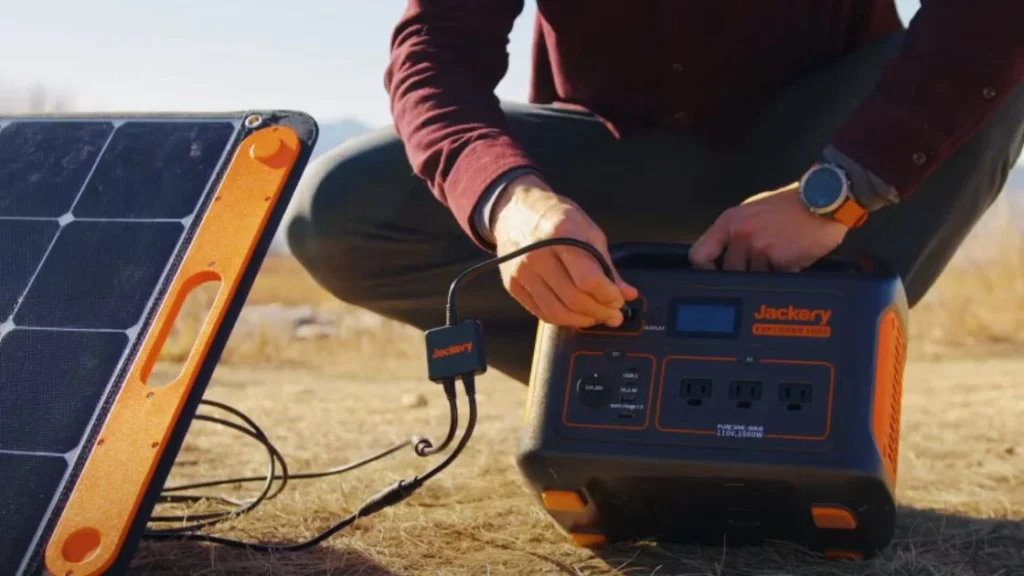
Position a 200-watt solar panel on your dashboard or another surface where it gets direct sunlight.
Step 2: Connect to the Power Outlet
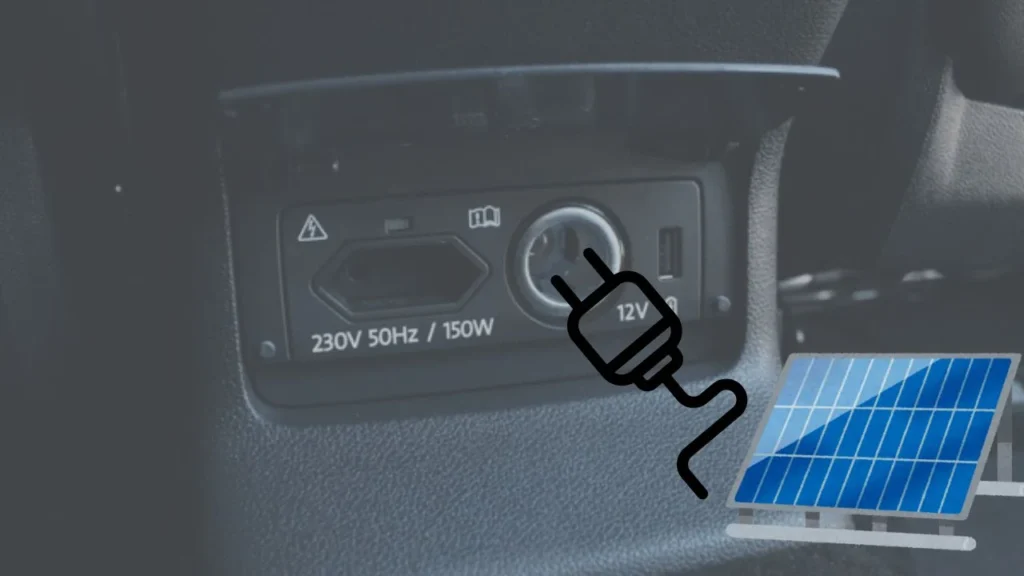
Plug the solar panel into your car’s auxiliary power outlet (or cigarette lighter). It will start trickle-charging the battery using solar energy.
Step 3: Wait for Charging

Allow the battery to charge for about 5–8 hours for a substantial boost. You’ll see a gradual increase in battery power, suitable for a manual start attempt.
Step 4: Disconnect and Test

Once charged, unplug the solar panel and try to start the car as usual. This method is ideal for situations where you’re stationary for an extended period.
Alternative Techniques (If the Battery Isn’t the Issue)
If your car still won’t start, the battery might not be the culprit. Other issues, like a stuck starter motor, can also cause problems. Here are some alternative tricks to get your engine running without jumper cables.
Give the Starter Motor a Tap
Sometimes, your car won’t start due to a faulty starter rather than a dead battery. One trick is to give the starter motor a light tap, which can free up any stuck components. Auto experts say a light tap often gets things moving without needing extra tools – just be cautious not to overdo it.
Try a Quick Tow Start
If tapping the starter doesn’t work, another option is a quick tow. Statistics show that towing the car to build just 10–15 mph of momentum can be enough to engage the engine, especially in manual cars. At that speed, pop the clutch, and the engine should start – just ensure someone knowledgeable is steering.
Regular Maintenance Reduces Surprises
Using these methods is useful, but regular checks can cut down emergency situations by up to 30%. Keeping your car maintained means you’ll have fewer moments of being stranded and can focus on the road ahead. Follow this guide for keeping your jump starter ready in Learn How to Charge Portable Jump Starter.
Safety Guide
Jump-starting a car without cables can be useful, but it’s important to take safety measures to protect yourself and your vehicle.
Assess Battery Condition
Start by inspecting your car’s battery closely. Look for visible signs of damage, like cracks, leaks, or corrosion around the terminals. A damaged battery is unsafe to handle and could lead to sparks or even explosions when attempting a jump-start. If you notice any of these signs, it’s best to avoid DIY methods and call for roadside assistance instead of risking injury or further damage.
Wear Protective Gear
Always wear gloves and safety goggles when working with car batteries. These batteries contain sulfuric acid, which is highly corrosive and can cause burns if it leaks or spills. Even if your battery appears safe, protective gear minimizes the risk of skin or eye injury in case of accidental exposure. Additionally, wear clothing that covers your arms and legs to prevent contact with harmful chemicals.
Use Proper Connections
When using an external power source, it’s essential to connect the cables in the correct order. Attach the red (positive) cable to the battery’s positive terminal and the black (negative) cable to either the negative terminal or a grounded metal surface on the car’s frame.
Secure connections help prevent accidental sparks and reduce the chance of damaging the vehicle’s electrical system. Double-check your connections to ensure they’re secure and avoid moving the cables during the process. Discover if it’s safe to jump-start a car in wet conditions in Can You Jump Start a Car in the Rain?.
Avoid Metal Contact
Be mindful of any metal objects like wrenches, rings, or watches near the battery terminals. Metal conducts electricity, and any contact with the battery terminals can cause unintended sparks or shocks. Sparks can be dangerous, especially in the tight space under the hood, so keep the area clear of metal objects to reduce risks.
Mind the Environment
Ensure you’re working on flat, dry ground away from any flammable materials. Car batteries emit hydrogen gas, which is highly flammable, so never smoke or have open flames nearby. Also, make sure the engine is off and the car is in park to prevent unexpected movement during the jump-start process.
Final Words
Starting your car without cables can feel challenging, but knowing how to jump start a car without jumper cables can save you time and hassle. It’s smart to keep a portable jump starter, which can fully charge your battery in about 30 minutes, or a solar charger that takes roughly 8 hours.
With regular battery checks and a reliable backup, you’ll stay prepared, ensuring peace of mind on every journey without waiting for help roadside. Explore top choices to stay powered up on the go in Portable Auto Battery Jump Starters.
